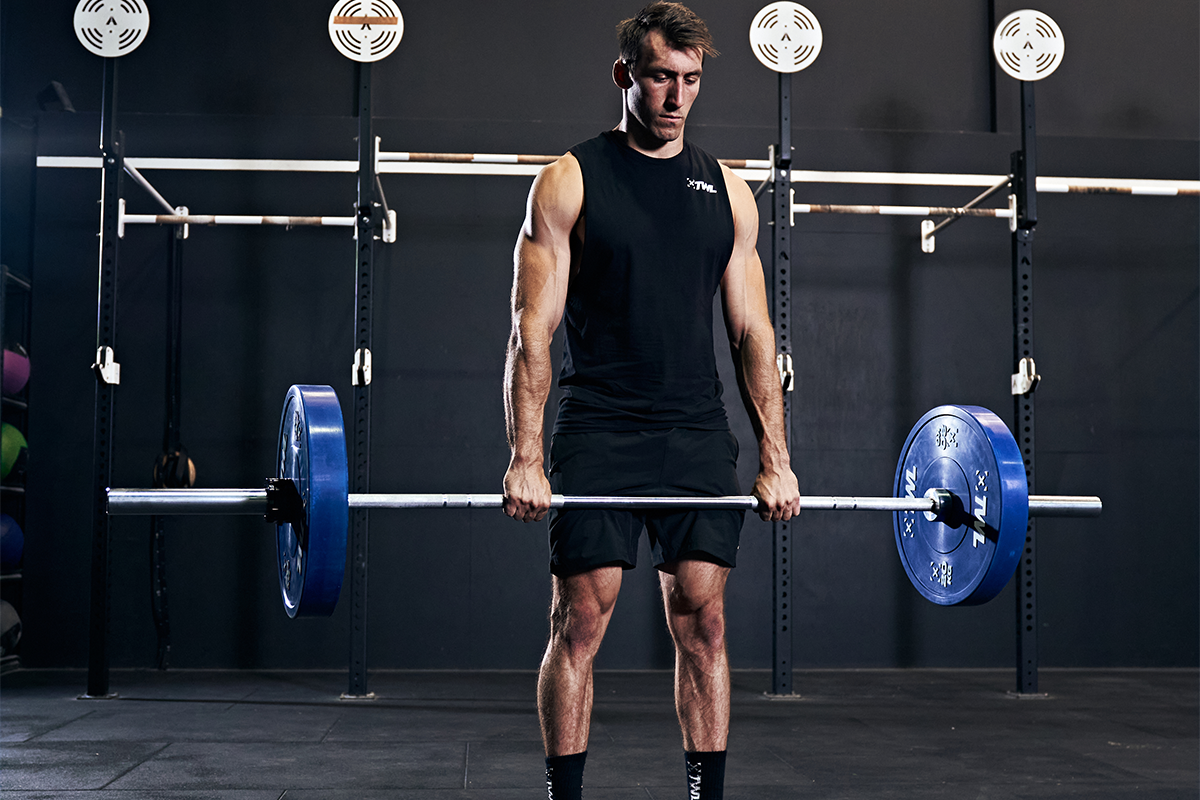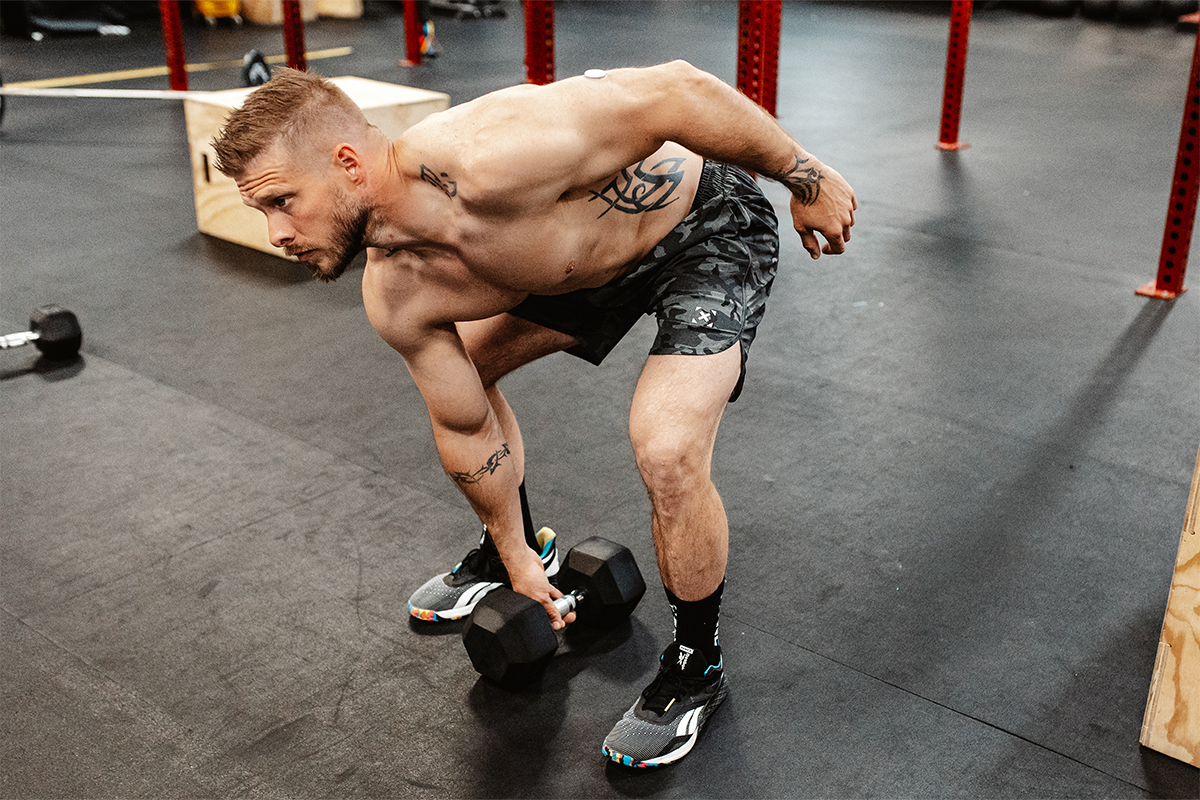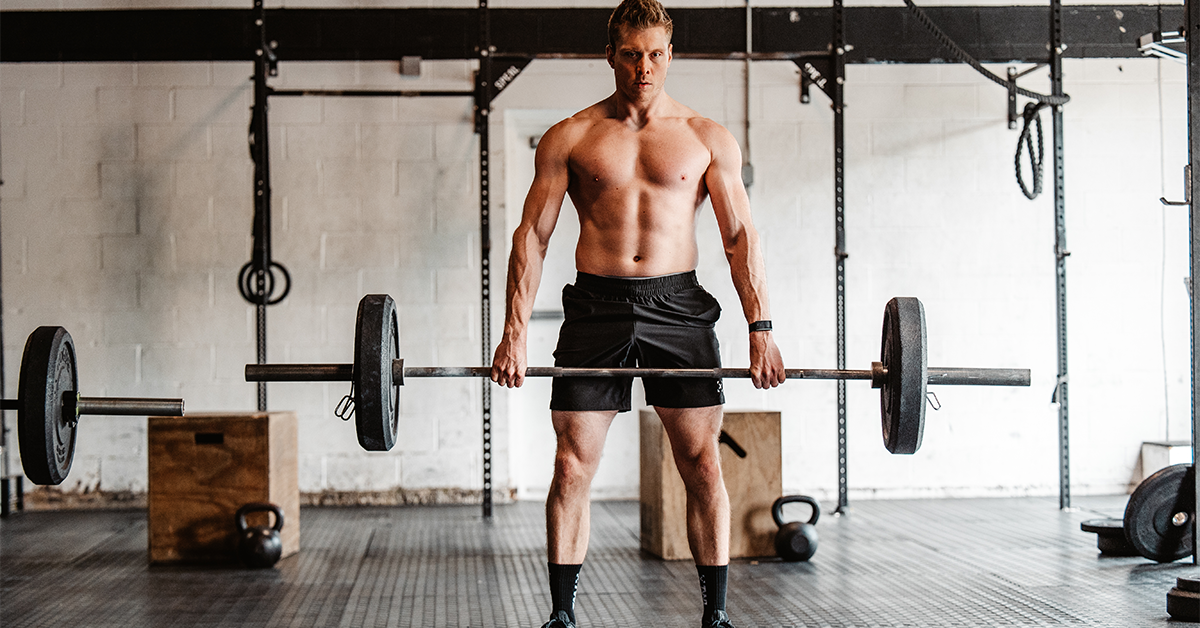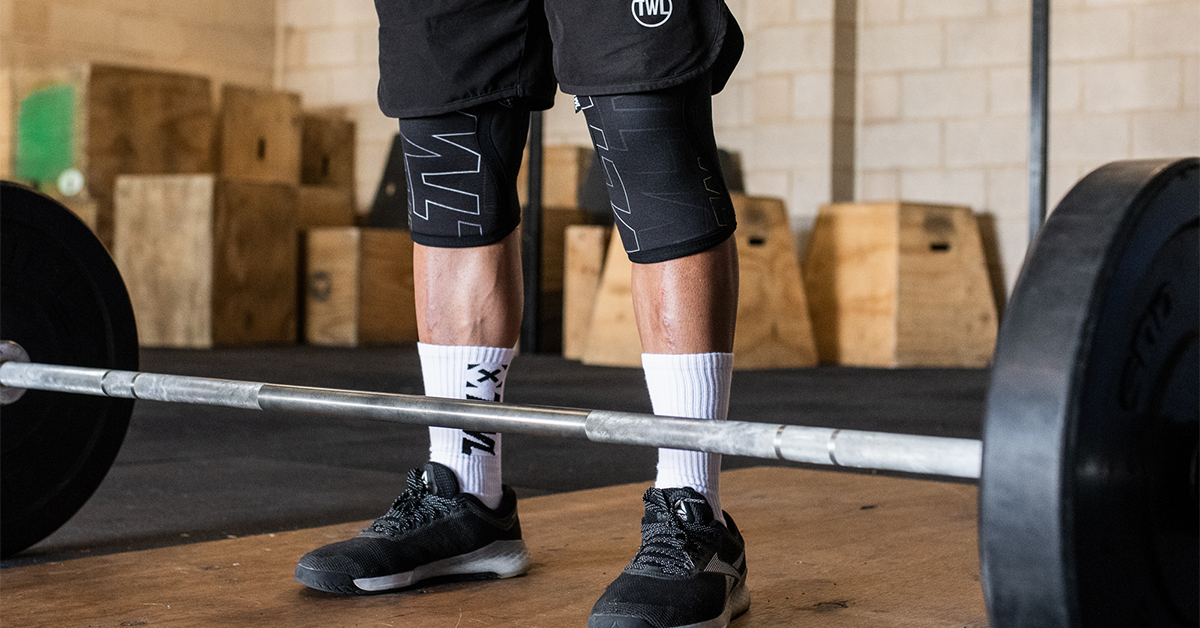When it comes to improving your deadlift, you have no shortage of variations to supplement your training with. The single-leg deadlift helps you correct imbalances. The sumo deadlift allows you to get more comfortable with heavier weights. And the deficit deadlift takes a weight you might otherwise be comfortable with and makes it more challenging to pull off the ground. Let’s talk about what it is, how to do it, and what the benefits are.
What is a Deficit Deadlift?
Working from a deficit means that you’re performing from a higher elevation, thus increasing the range of motion. So, the deficit deadlift is a variation of the deadlift in which the lifter stands on a raised platform in order to increase the range of motion. To do this, athletes will often use a plate (or a stack of plates) in order to lift themselves off the ground a little bit.
Shop Now
How to Do the Deficit Deadlift
The mechanics aren’t all that different from a traditional deadlift. However, your starting position means you’ll have to reach a little lower to grab hold of your barbell:
- Use a plate or stack of plates as an elevated surface. Start with something small!
- While standing on the plate, position yourself in front of the barbell with your feet about hip-width apart.
- Hinge at the hips and soften your knees to bend down and grip the barbell. Your hands should be about shoulder-width apart.
- From this position, drive your heels into the floor and pull the barbell off the ground, returning to full extension at the top.
- Reverse the motion and lower the barbell back to the ground, maintaining control throughout the entire range of motion.
Here’s how it looks in action:
The Benefits of the Deficit Deadlift
The deficit deadlift has many things in common with the traditional deadlift. It’s going to:
- Strengthen your posterior chain.
- Improve core strength.
- Translate to other lifts, like your squats.
- Improve your grip strength.
However, it’s going to challenge your mobility and range of motion just a little bit more. Plus, it can expose weaknesses in your deadlift that you might not notice otherwise. Think of it like this: Whatever you can deadlift from a deficit, you can deadlift from the traditional position even more. The deficit kind of puts you at a “disadvantage.” So, when you remove that disadvantage, you end up stronger from it.
8 Tips for Execution
If you can deadlift, then you can probably deadlift from a deficit. But we still want to offer more guidance! Here are a few suggestions for getting the most out of this lift.
- If you’re taller and need to widen your stance, you can use two plates side by side, placing one foot on each.
- Because you’re hanging onto the barbell a little longer, your grip might feel this more than the traditional deadlift. Tape, chalk, and hand grips can all help.
- More isn’t always better. Stacking several thick plates can actually be dangerous because it puts your spine in a vulnerable position. (More on this in a minute!) Remember, a deficit just means you’re elevated, even if it’s only by an inch. You’ll still reap the rewards.
- This exercise is more so about building strength, and less so about maxing out. Try not to rely on a weightlifting belt to squeeze out a few more kilos.
- If you’re having a hard time reaching the barbell, try softening your knees just a little bit more.
- Keep your spine neutral. This means that at the top of the lift (when you’re standing up), you should be looking straight ahead. At the bottom of the lift (when the barbell is on the ground), you should be looking down.
- Changing your starting position slightly will change the muscles you target. To make this more quad-intensive, bend your knees more at the starting position like you would in a clean deadlift. To target your posterior chain more, start with slightly straighter knees like you would in a traditional deadlift.
- Come to a complete stop at the bottom. Remember, they’re called deadlifts — you start from a dead stop. Deficit deadlifts aren’t something you’d want to do touch-and-go. And definitely avoid bouncing the barbell off the ground. This can be an issue for your back.
Shop Now
Are Deficit Deadlifts Dangerous?
Let’s be clear: Just about anything can be dangerous if you do it incorrectly or under the wrong conditions. Pull-ups. Burpees. Squats. Sprinting. Rope climbs. You name it. And yes, deficit deadlifts are no different.
Deadlifts can be dangerous if you:
- Do them with poor form.
- Deadlift while you’re injured.
- Lift more weight than you have the strength or mobility for.
- Use a weightlifting belt incorrectly.
However, all of these are easily avoidable. If you mind your form, choose appropriate weights, and use gear wisely, then there’s no reason to expect that deficit deadlifts will be dangerous for you. If you have any concerns, talk to your coach!
Put a Spin on Your Regular Deadlift Training
The concept of the deadlift is so simple and so beautiful: Pick up the weight and set it back down again. It’s one of the pillars of functional fitness and something we all do every single day, inside and outside of the gym. When you pick up your child, when you bend down to tie your shoe, when you grab the dog’s water dish to refill it, you’re mimicking the deadlift.
Switch it up and test your strength with the deficit deadlift!
















